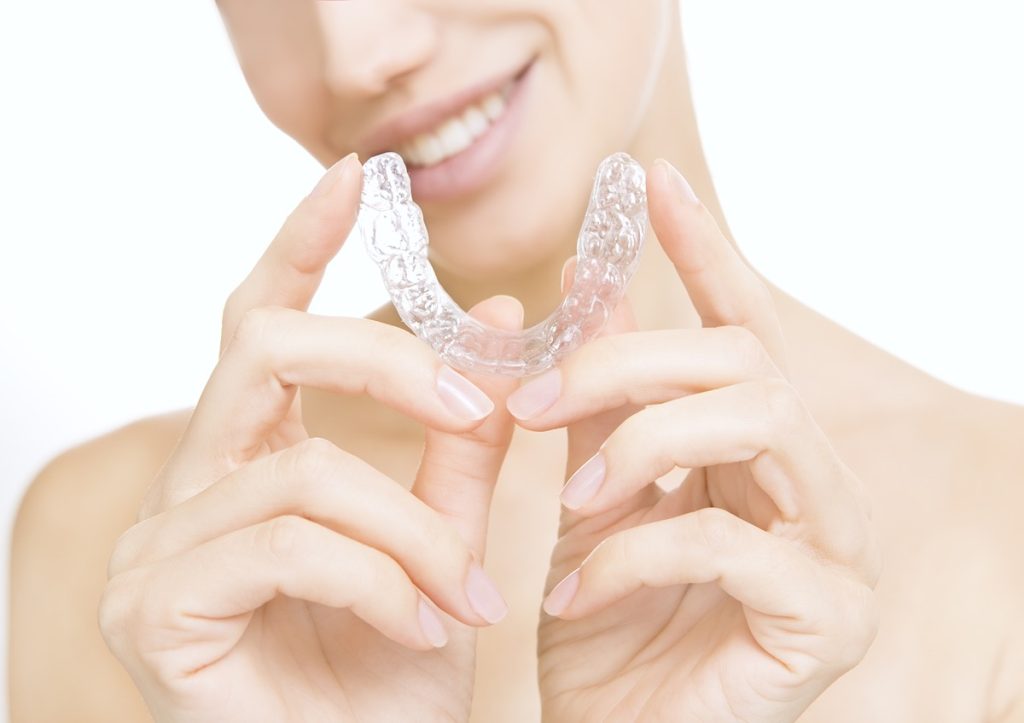There have been many newcomers to the world of adult orthodontics, with one of the most popular options being clear aligners like Invisalign St Albans. But how exactly do these aligners work and could they be suitable for you? Continue reading to find out!

What are invisible aligners and how do they work?
Invisible aligners are visually similar to a dental sports guard and are custom-fitted to your teeth following an intraoral scan of your mouth.
They are made from clear plastic and, depending on the severity of the issue that they are correcting, can come with 14 or more aligners that need to be worn in succession to achieve the final look.
The way they work is somewhat different to that of regular braces; instead of pulling the teeth and relying on tightening and adjusting to move them, aligners use gentle pressure, which is applied to the teeth through the shape of the aligners. They are also removable, which means that in order for them to work correctly, they have to be worn for a minimum of around 22 hours a day, or as directed by your dentist.
What conditions can they treat?
Invisible aligners were originally designed to correct more aesthetic issues, such as minor misalignment of the front teeth or slight protrusions.
As the technology surrounding them has advanced, there are now more dental issues that they can treat and you may be able to have a more complex case of dental misalignment treated using invisible braces, such as overbites, underbites or crossbites.
But to be sure, you should attend a check-up with your dental provider.
Are they suitable for me?
Many patients can benefit from using a clear or invisible aligner.
And if you are over the age of 18, have a mild to moderate misalignment, have good oral health and do not have any prevalent gaps, then it is likely that you will be able to wear invisible aligners.
But to determine suitability, you should attend an assessment with a dentist who can provide treatment with these aligners and has a track record of proven results using them.
In some cases, invisible aligners may be used as part of orthodontic treatment and could follow on from the use of fitted braces to finalise more minor movements.
Are online aligners just as good?
No, they are not and in fact, many providers of online or doorstep aligners or braces have been condemned by the British Orthodontic Society.
To obtain correctly aligned teeth, you need the oversight and care of an orthodontist or a dentist trained in the use of invisible aligners. This will ensure that you are not only a suitable candidate for invisible aligners, but will also allow issues to be caught early during check-ups.
Many dental surgeries that use clear aligners need to see their patients every 6-8 weeks and will utilise the associated app that accompanies this brand of aligners. But this is only a stop-gap to provide visual information between appointments and is used to determine if an appointment is needed promptly to resolve an issue.






